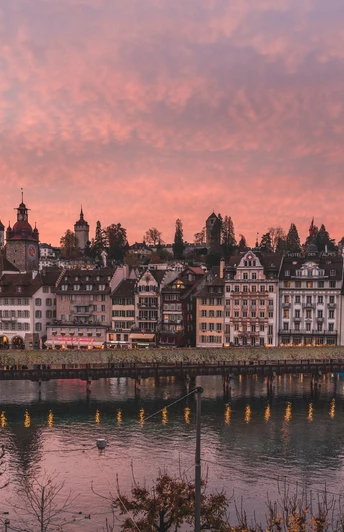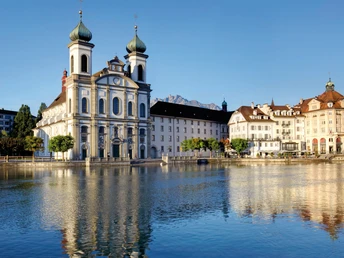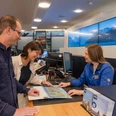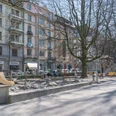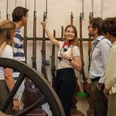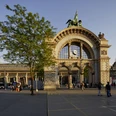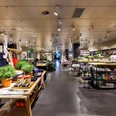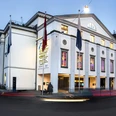- Photos & Map
How would you like to arrive?
- Description
- Waypoints
- Good to know
- Nearby
- 2:00 h
- 4.24 km
- 30 m
- 31 m
- 432 m
- 445 m
- 13 m
- Start: Lucerne, Tourist Information (Station)
Waypoints
Start
Good to know
Best to visit
suitable
Depends on weather
Directions
Luzern Tourist Information - KKL - Kapellbrücke - Jesuitenkirche - Ritterscher Palast - Franziskanerkirche - Nadelwehr - Spreuerbrücke - Altstadt - Rathaus - Löwendenkmal - Hofkirche - Kapellbrücke - Wasserturm - Tourist Information Luzern
Tour information
Stop at an Inn
Author
Carla Hendry
Organization
Region Luzern-Vierwaldstättersee
Nearby








